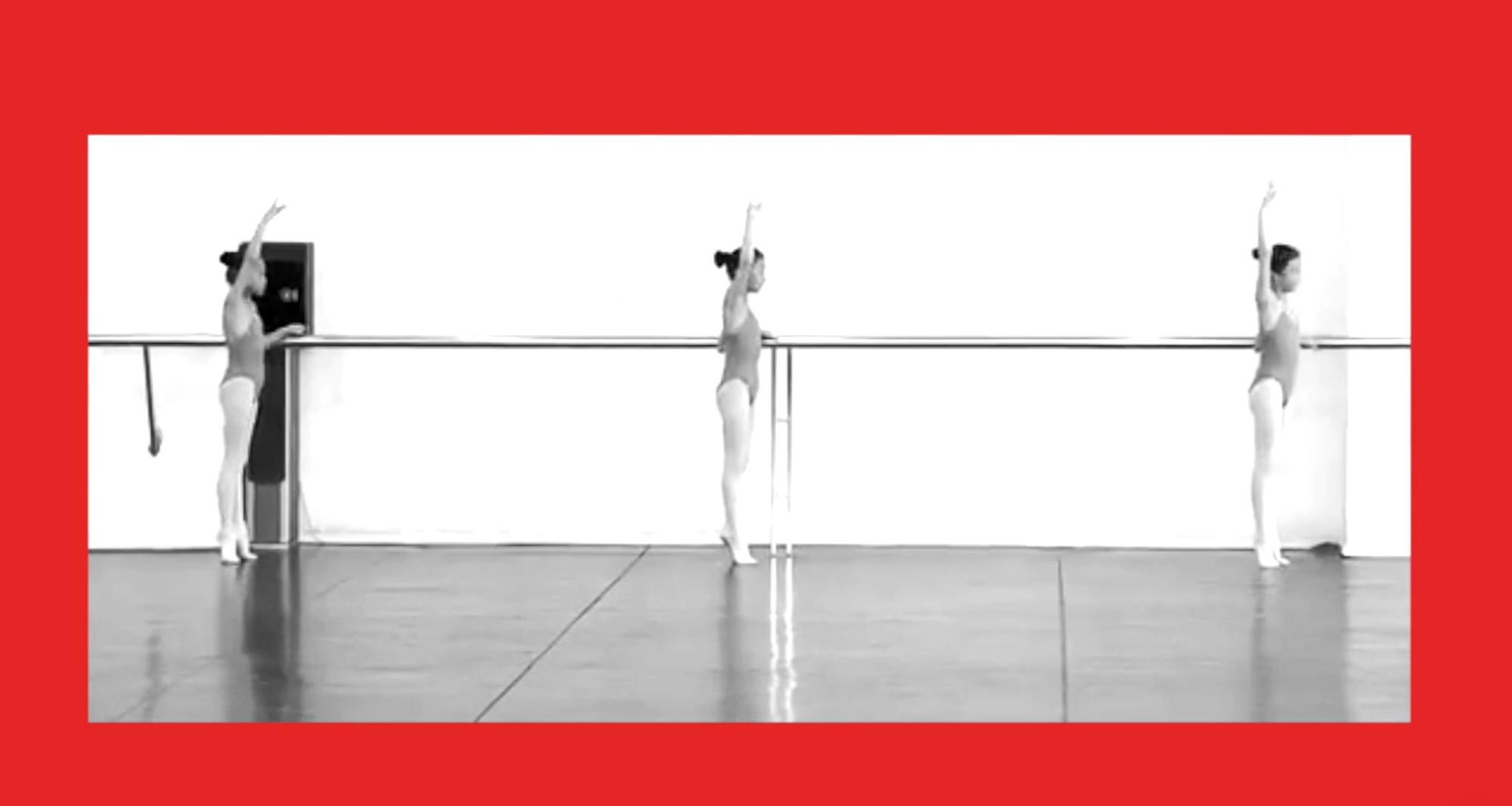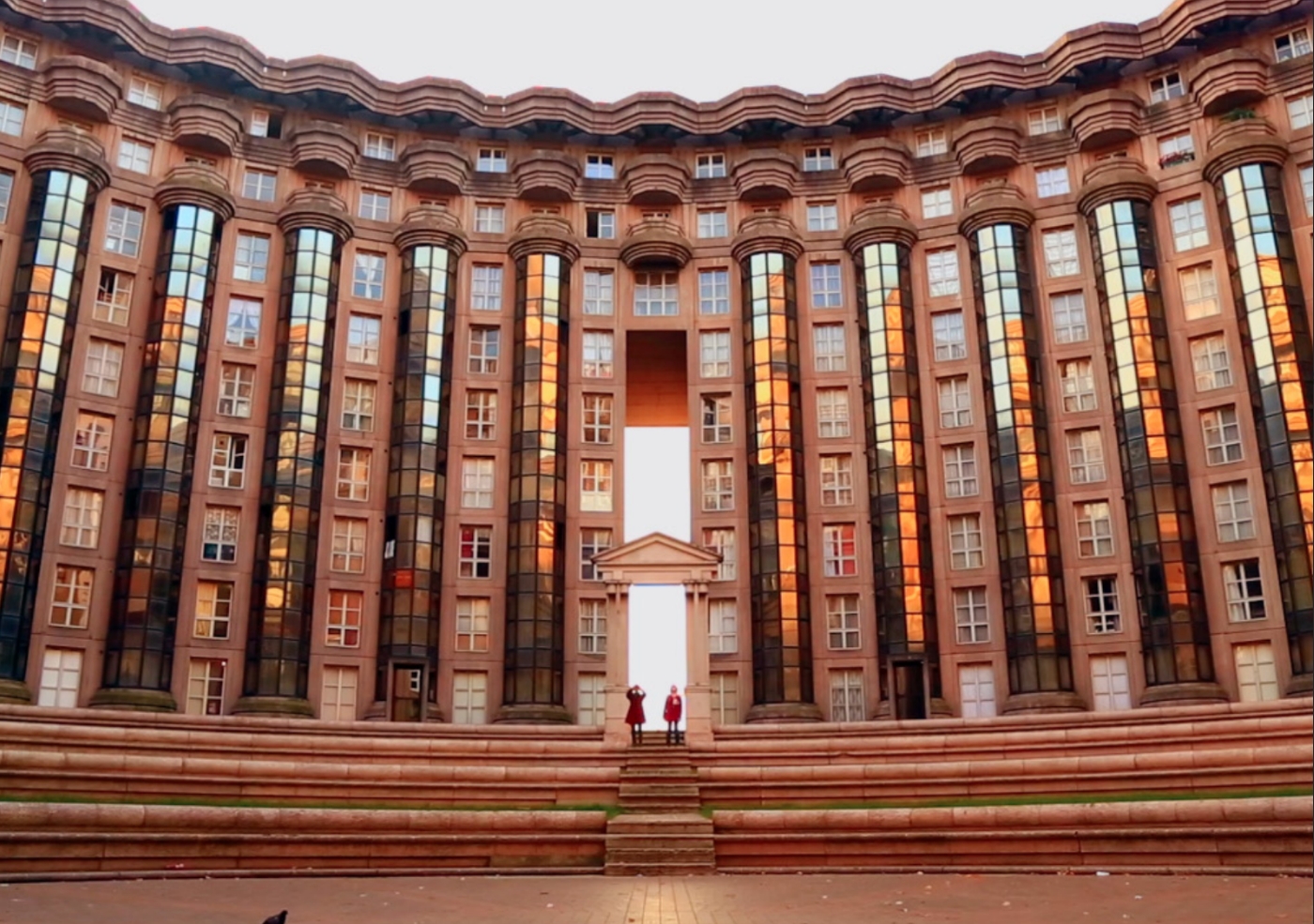In Control Game, Xilun turns her attention to a site that embodies the paradox of modern architecture: Ricardo Bofill’s L’espace d’Abraxas, a monumental housing complex on the eastern outskirts of Paris. Conceived in the 1980s as a utopian amphitheatre for collective living, the building’s semi-cylindrical form and theatrical scale promised social integration by staging middle- and working-class residents within the same architectural frame. Yet its reality tells another story. The estate, once heralded as visionary, has since devolved into one of Paris’s most stigmatized suburbs, marked by deprivation and isolation. The collapse of utopian promise into dystopian failure provides the conceptual backbone of Xilun’s work.

Rather than documenting the building directly, Xilun translates this architectural incoherence into the unstable language of moving images. The video is composed of fragments scavenged from YouTube, screenshots, and everyday recordings, reassembled into a jagged and dissonant montage. Blurred images, abrupt cuts, and fractured rhythms are not shortcomings but deliberate strategies. Here, the “poor image”—to borrow Hito Steyerl’s term—becomes a critical language: low-resolution, unstable, but charged with political force. In Xilun’s hands, the glitch, the blur, and the broken cut are not aesthetic accidents but devices that reveal how systems of control operate beneath the surface of both architecture and media.

The parallel is pointed. Just as Bofill’s grandiose design imposed a forced collectivity that failed to materialize, today’s media landscape offers the illusion of freedom and agency while concealing mechanisms of psychological manipulation. Power, as Michel Foucault observed, rarely operates through spectacular acts of violence alone; it is diffuse, embedded in everyday routines, woven into the textures of visibility and choice. Control Game performs this logic of power formally: incoherence becomes not a failure of representation but an enactment of how control functions—through repetition, circulation, and design.

The body, though absent on screen, haunts the work throughout. The spectral presence of residents navigating architectural failure lingers behind the footage, as does the invisible labor of digital users whose clicks and views sustain media circulation. In this sense, Control Game connects back to Xilun’s broader practice. Her works consistently interrogate the friction between individual experience and systemic forces: Blonde Lin reimagines identity through the lens of migration histories in Hong Kong and Shanghai; Menkan (Threshold) confronts viewers with the invisible line between public and political space; Origin of the World stages paper boats within architectural cracks to poetically evoke displacement and nostalgia. Across these projects, Xilun assembles fragments—cinematic, architectural, poetic—into metaphorical structures that question the boundaries of home, identity, and power.

What distinguishes Control Game is its refusal of resolution. The work does not reconcile utopia and dystopia, nor does it restore coherence to fragmented images. Instead, it insists that viewers inhabit the discomfort of dissonance, making visible the instability of both architectural and media systems. To watch the work is to confront an uneasy truth: clarity itself may be the illusion through which control operates.
In the end, Control Game is less a representation of architecture than a meditation on the environments—concrete and digital—that govern contemporary subjectivity. By lingering in the blur, the rupture, and the noise, Xilun opens a space where resistance might begin to flicker. The work asks, with urgency: if power today operates through the very systems that promise us freedom, how might we still play the game otherwise?

